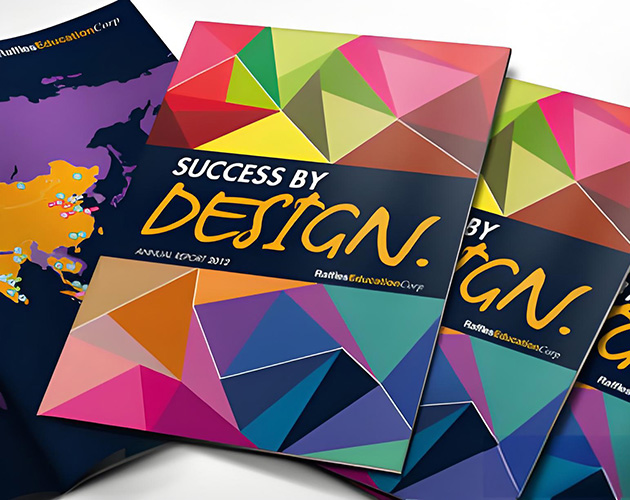Our Services
Printing on Paper,
Plastic, Metal, Clothing,
and More.
Founded in 2003, ZX China Industrial Limited is a trusted name in the printing industry, equipped with state-of-the-art facilities including Heidelberg and Mitsubishi 4-color printing machines. With these advanced technologies, we produce premium-quality, visually impressive printed products that include: Books, Booklets, Bibles, Brochures, Catalogues, Magazines, Hardcover Books, Newsletters, Lab ...[Details]
Popular Products
Our Features
What We Can Do

Offset printing, an indirect printing method, is named after early lithography, which initially used...

Screen printing refers to the use of a mesh screen as a printing plate, which is made into a screen ...

3D printing, also known as stereoscopic printing, typically refers to stereolithography printing. It...
Box Printing
-

Apparel Boxes -

Appliance Boxes -

Cosmetic Packaging Boxes -

Display Boxes -

Gift Packaging Boxes -

Jewelry Packaging Boxes -

Medicine Packaging Box -

Perfume Boxes -

Product Packaging Boxes -

Shoe Boxes
Bag Printing
Stationery Printing
Order for Business
Stuff
- Professional designs with added fizz
- Create an army of business stationery
- Take your attention to detail up a level
- Totally safe for laser printers


Printing Design Guidelines
-
What should be the bleed allowance for my artwork?
For books, folds, paper handbags, posters, flyers, folders, and cards, a bleed of 3mm is recommended, whereas for boxes, a bleed of 5mm is advisable.
-
What resolution does my artwork need to be for uploading?
Your artwork should be created at 300 dpi (dots per inch) or higher. If your artwork is at a lower resolution than this, the printing quality will be ...
-
Vector vs Bitmap Formats
Vector artwork employs a series of 'points' to define a shape, akin to a graph in mathematics. This ensures that any vector shape, at any resolution...
-
What types of files are accepted?
The best file format to submit your artwork in is Adobe Acrobat - pdf Please ensure you have followed these steps prior to sending the artwork : 1). C...
Printing Knowledge
-
Producing Casebound Books (Hardcover Books) 2014-02-24
The sequence of steps in binding hardcover books is shown in Figure 6-1. These steps remain the same whether books are bound by hand or by machine. FOLDING SIGNATURES AND ENDSHEETS. Large printed sheets are first folded to form signatures. A signature is a single sheet of paper folded to a certain number of pages. For ...
-
The Thickness of Printing Paper List 2013-09-05
Name Thickness/mm Name Thickness/mm 80gsm art paper 0.065 105gsm matt coated paper 0.09 105gsm art paper 0.085 128gsm matt coated paper 0.12 128gsm art paper 0.105 157gsm matt coated paper 0.16 157gsm art paper 0.135 200gsm matt coated paper 0.19 200gsm art paper 0.17 210gsm matt coated paper 0.21 210gsm art paper 0.19...
-
Perfect Binding - for booklet, catalog, book, magazine, etc. 2013-09-04
Perfect Binding Process Sewn Binding Process Perfect binding is often used, and gives a result similar to paperback books. National Geographic is one example of this type. Paperback or soft cover books are also normally bound using perfect binding. They usually consist of various sections with a cover made from heavier...
-
Saddle Stitch Binding - for booklet, catalog, magazine 2013-08-30
Fold the impression (cut or uncut) into several folds according to page number and sequence. The fold with multi-pages is called a signature of book-block. After collocating the folded signatures into volumes by order and combine them, it is called saddle stitching. Impression→folding→collating→wrappering→saddle st...
-
Glossy Art Paper - for booklet, catalog, flyer, poster, postcard, etc. 2013-08-29
Quality and rather heavy two-side coated printing paper with smooth surface. The reproduction of fine screen single- and multicolor pictures ("art on paper") requires a paper that has an even, well closed surface and a uniform ink absorption.
-
Post-Press Surface Finishing Techniques for Color Printing 2025-12-18
Post-press surface finishing plays a vital role in color printing and packaging production. In today’s highly competitive printing market, the success of a product often depends on the quality of its packaging. The effectiveness of post-press surface finishing directly determines the overall appearance and grade of th...
-
23 Factors That Easily Cause Prepress Plate-Making Equipment Failures 2025-12-17
Prepress plate-making equipment is highly precise. In practice, a large proportion of equipment failures are caused by external factors rather than inherent defects. These causes are diverse, and solutions must be determined according to actual conditions. Based on long-term maintenance experience, the following 23 fac...
-
Key Factors for Successful Shadow Tone Reproduction in Printing 2025-12-16
The success of shadow tone reproduction in printing largely depends on the proper setup and effective use of the black plate (K plate). In practical production, problems such as blocked shadows, muddy dark areas, or loss of detail are often caused not by equipment or materials, but by improper black plate control. Comm...
-
Types of Printing Plates for Books 2025-12-12
There are various ways to classify printing plates used in book production. Generally, they can be categorized in two major ways: (1) By the materials used for making the plate (2) By the surface structure of the plate I. Classification by Plate-Making Materials Common types include wood plates, metal plates, stone pla...
-
Considerations for Print Design When Drawing Die-cut Templates 2025-12-09
When creating structural designs for printed products—especially items with irregular shapes such as custom-shaped book covers or specialty packaging—designers need a solid understanding of printing and die-cutting processes. For example, when preparing artwork for a book cover with a special outline, the designer mu...


















